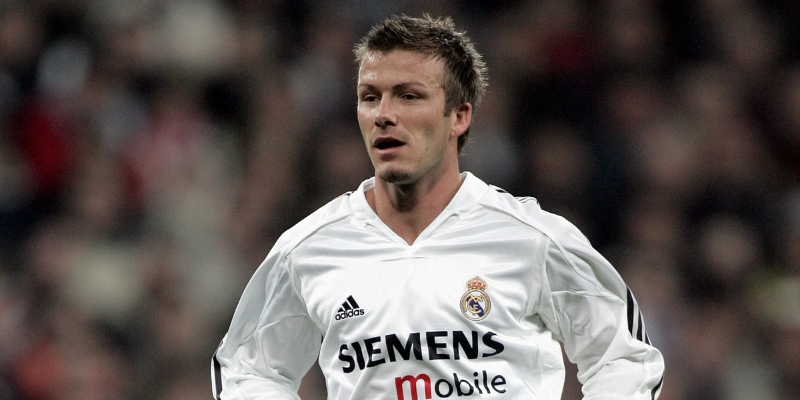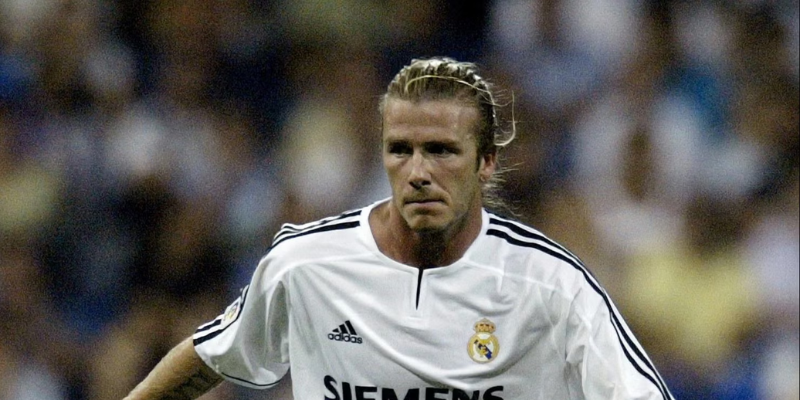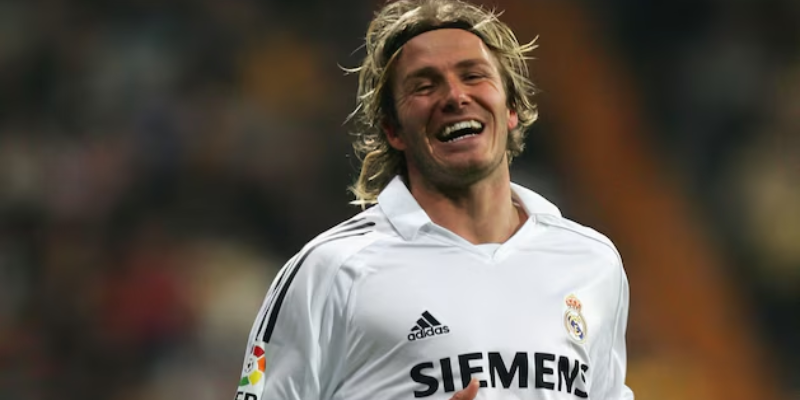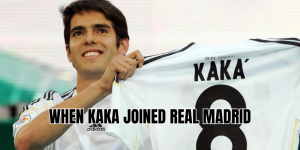From the roaring Anfield terraces to the dazzling lights of Santiago Bernabéu, David Beckham’s football journey remains one of the most fascinating arcs in modern football. But for fans typing “did Beckham play for Real Madrid” into Google, the answer is not only a resounding “yes,” but a vivid chapter full of drama, glory, and unexpected twists. In this article, SaiKick will take you through Beckham’s Madrid years—how the deal came about, what he achieved, and how that period shaped both his legacy and the Galáctico era.
The Transfer: From Manchester United to Madrid

A Reluctant Exit from Manchester
David Beckham’s departure came after a decorated spell — including league titles, a Champions League win, and global stardom. However, tensions had grown following a well-publicized fallout with Sir Alex Ferguson, signaling the club’s readiness to move on. Beckham’s rising global brand and undeniable star power made him a coveted target for top clubs across Europe.
Barcelona interest and the surprise twist
In fact, United and Barcelona reportedly struck a preliminary agreement for Beckham’s transfer. But at the last minute, he pivoted toward Real Madrid. He later revealed that while Barcelona appeared to be the initial buyer, shifting dynamics and negotiation complexities opened the door for Madrid. His move thus felt part sporting decision, part global marketing chess.
(Recent interviews confirm this behind-the-scenes drama.)
The unveiling and Galáctico status
Beckham’s arrival was pure spectacle. On July 1, 2003, he was formally presented as a Real Madrid player, the third Englishman ever to don the white jersey after Laurie Cunningham and Steve McManaman. He could not wear his signature No. 7, used by club captain Raúl, so chose No. 23—an homage to basketball legend Michael Jordan. His unveiling drew hundreds of journalists and a media frenzy across continents., he was a centerpiece of the Galáctico strategy: global appeal, brand extension, and on-field pedigree.
Beckham’s Performance In Madrid

Appearances, goals, and impact
During his four seasons in La Liga, Beckham made 116 league appearances and scored 13 goals.
Across all competitions (cups, European matches included), his minutes increased his visible contribution beyond raw numbers.
He brought elite passing, pinpoint crosses, set-piece expertise, and a presence that resonated both on-field and off it.
Honors and highlights
In his final season (2006-07), Beckham finally won La Liga with Madrid. This title remains his major silverware.com])
He also lifted the Supercopa de España in 2003.
eal Madrid])
Some standout matches punctuated his tenure:
- A breathtaking free kick came in February 2007, when Beckham scored an equalizer against Real Sociedad after being relegated to the bench earlier in the season.
- In his final game for Madrid, a 3–1 win over Mallorca that clinched the title, Beckham limped off, replaced by José Antonio Reyes, as the stadium erupted around him.
Challenges and criticisms
Beckham’s Madrid years weren’t all smooth sailing. He frequently competed with coaching philosophies that preferred younger, faster players. Under Fabio Capello in early 2007, he was sidelined and rumors circulated that Madrid would not renew his contract.
Moreover, the Galáctico vision — signing big names over building cohesive teams — drew scrutiny. Some critics argue Beckham’s move was more about marketing power than pure sport, especially as Madrid failed to deliver Champions League success during his time.
Still, Beckham maintained professionalism, and even in stretches of limited playing time, he refused to slack on training. His legacy at Madrid is as much about perseverance and presence as about goals or assists.
Beckham’s Role In the Galáctico Era

The big-name strategy
Under President Florentino Pérez, Madrid’s policy was to sign a global star each summer (Zidane, Figo, Ronaldo, Beckham). Beckham’s signing in 2003 reinforced that vision—he was a commercial and sporting jewel in the crown.
Branding and commercial growth
Beckham’s arrival boosted merchandise sales, global visibility, and brand partnerships. His celebrity status drew interest in Asia, North America, and beyond.
Even years later, Madrid references Beckham in their legends’ campaigns.
Legacy among English stars in Madrid
He remains one of the most successful English exports to Spain. Following in the footsteps of Cunningham and McManaman, Beckham cemented the place of British players in La Liga lore.
In more recent times, when England stars like Jude Bellingham joined Madrid, they were often compared to Beckham’s influence, footprint, and path-breaking tenure.
Why Beckham’s Madrid Years Still Matter
- Global crossover success — Beckham didn’t just play; he expanded football’s global footprint by combining performance and stardom.
- Symbol of ambition — His move epitomized the Galáctico philosophy and Madrid’s name-brand ambition.
- A narrative arc — The clash of expectations, adaptation, occasional sidelining, and ultimate title win woven into Beckham’s broader legend.
- Inspiration for future transfers — Many later English players to Spain look back at how Beckham negotiated the balance of skill and image.
Final Thoughts
Did Beckham play for Real Madrid? Absolutely — and those four years became a defining chapter in hisried career. While Barcelona flirted with a move, he ultimately embraced the Bernabéu stage, becoming the third Englishman to wear white. He made 116 La Liga appearances, scored 13 goals, and lifted a La Liga title in his final season.
In this article, SaiKick has walked you through the why, how, and what of Beckham’s Madrid years—his transfer intrigue, performances, highs and lows, and legacy. If you’re eager for more — maybe on Beckham’s stats in Manchester United, his England career, or how his move changed modern football marketing — just let me know.






